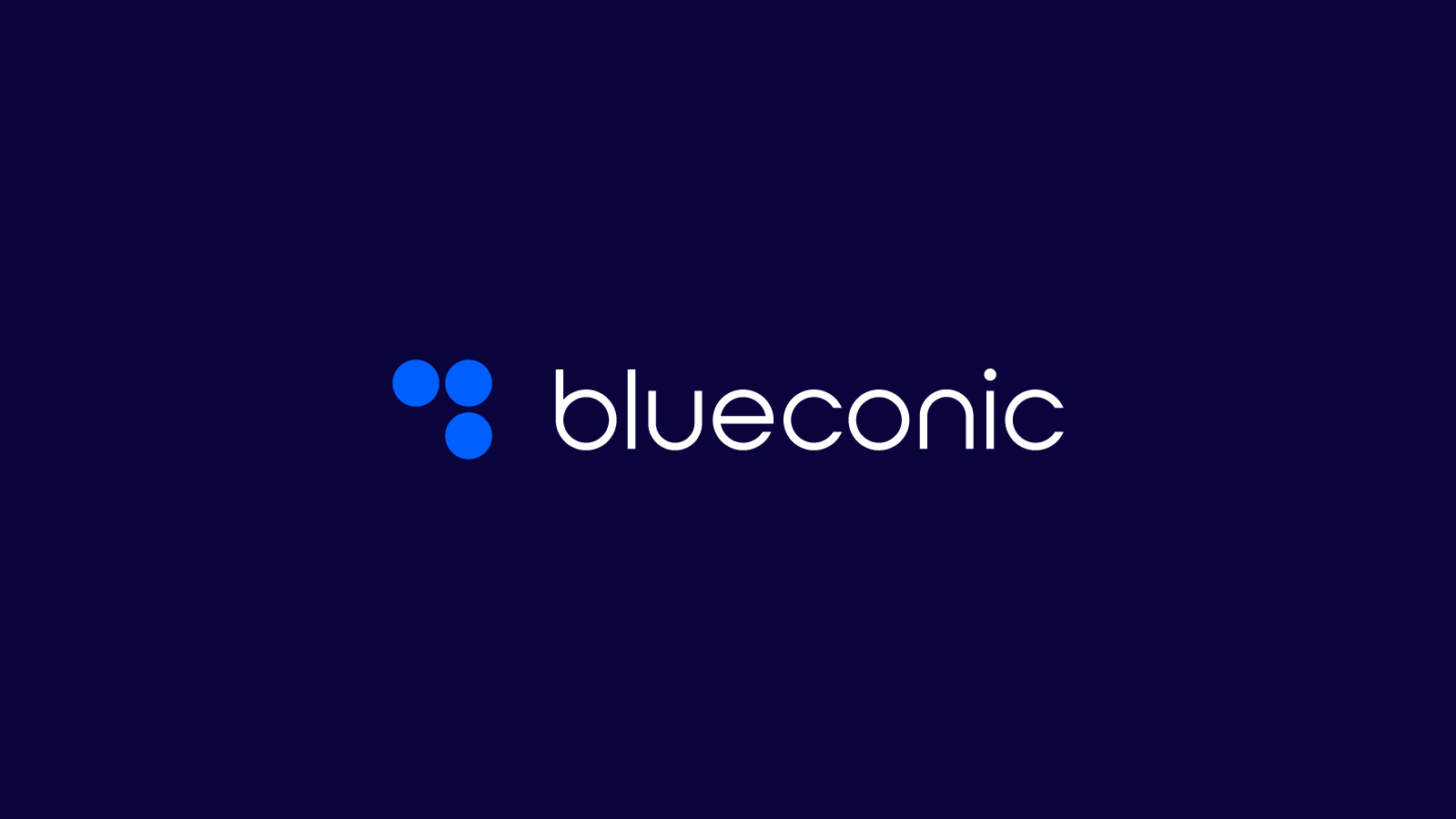The world looked a little different prior to customer data platforms (CDPs). Marketing clouds ruled the martech landscape. Marketers signed up because of lofty promises around ease and execution of an “all-in-one-platform.” We’ve written before about the differences between marketing clouds and CDPs – and why those differences are key for transformation-focused businesses. The clouds simply couldn’t (and still can’t) keep up with the speed of customer interactions and lacked the unified and real-time customer data to fuel campaigns. In fact, that shortcoming is in part what led to the creation of CDPs – and then marketing clouds jumped on the “CDP” bandwagon.
As Tony Byrne from The Real Story Group says, when they get questions about “the Salesforce CDP,” his initial reaction is to ask, “Which one?” While marketing clouds like Salesforce are still trying to figure out their product offerings, there will always be one fundamental difference: Salesforce will continue to build integrations for technologies within their stack rather than embracing an agnostic approach to the systems and sources where data flows.
Marketing cloud systems rely on legacy technology acquisitions and integrations that fall short on providing bespoke experiences across the customer journey. These systems push outbound campaigns that don’t account for real customer behaviors and make it nearly impossible to quickly add new sources of data or push that data out to a new channel.
If the past few years have taught us anything, it’s that businesses need to be able pivot at a moment’s notice to set up a new direct-to-consumer channel, or create new service offering like curbside pickup. Customers provide valuable data in these moments, and without a techstack that is built to collect that data in the moment that can be immediately used across the customer lifecycle, you fall behind your competitors.
This new way of working requires a flexible, tech agnostic approach, powered by real time data.
Because our pure-play CDP is agnostic, you can actually get more value out of your existing tech stack. For example, you’ll finally be able to execute highly relevant and responsive marketing programs through Salesforce Marketing Cloud with personalized interactions on-site and in email based on a unified view of the customer. And, unlike other CDPs, BlueConic lets you manage all of your Salesforce Marketing Cloud use cases in a single, marketer-friendly UI.
The result? Better customer engagement and conversions, plus less time, money, and resources wasted marketing to the wrong customer at the wrong time with outdated personalization.
What does this look like in the wild?
Customer Story
Telia, a major European Telecommunications company, sought to increase revenue in two ways: grow more sales from existing customers and reduce churn. Instead of relying on a rigid campaign structure, they used BlueConic to serve as the “brain” behind Salesforce Marketing Cloud.
They used rich BlueConic profile data, native personalization capabilities, and lifecycle orchestration capabilities to deliver smarter customer engagements through Salesforce Marketing Cloud. This included cross-sells, upsells, subscription extension offers, and value-added services like Spotify.
As an example, they set up a cross-sell Lifecycle in BlueConic with four stages, to follow and classify customers all the way from becoming a purchaser of one product (stage 1) to buying the cross-sell product (stage 4). For marketing activation, they used Salesforce Marketing Cloud and ad retargeting campaigns to deliver cross-sell messaging and influence customers in every stage.
By automatically passing individual-level data back from Salesforce Marketing Cloud – such as email opens – into BlueConic, they were then able to personalize customers’ web experience based on their interaction with the Salesforce Marketing Cloud email campaign. For instance, customers that opened emails received a different experience than customers who did not.
The best part? This was configured once and then customers automatically flowed from stage to stage, enabling personalization to occur in real time. When compared with the results of previous campaign structure and legacy tools, Telia saw 3X the conversion rate.






